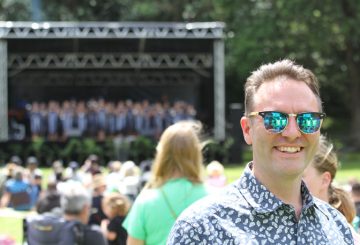National News
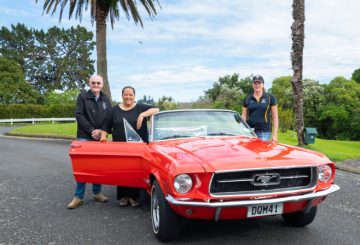
Crowds make car show a success!

Roadwork plans for the next few weeks
Iwi and council join forces as government signals cuts to co-governance

National wins Port Waikato by-election
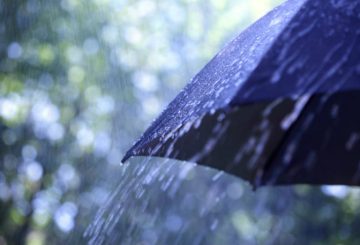
Yoyo-ing temperatures but becoming drier

Christopher Luxon takes aim at public service, pledges to tackle cost of living, restore law and order
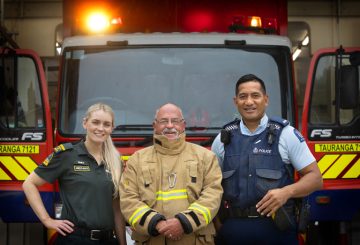
Sirens to ring out for annual food bank drive
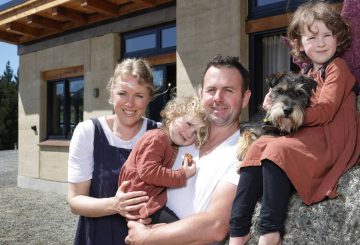
Grand Designs NZ: Young couple go off-grid with rammed-earth house
First transatlantic flight using 100% green fuels set for take-off
